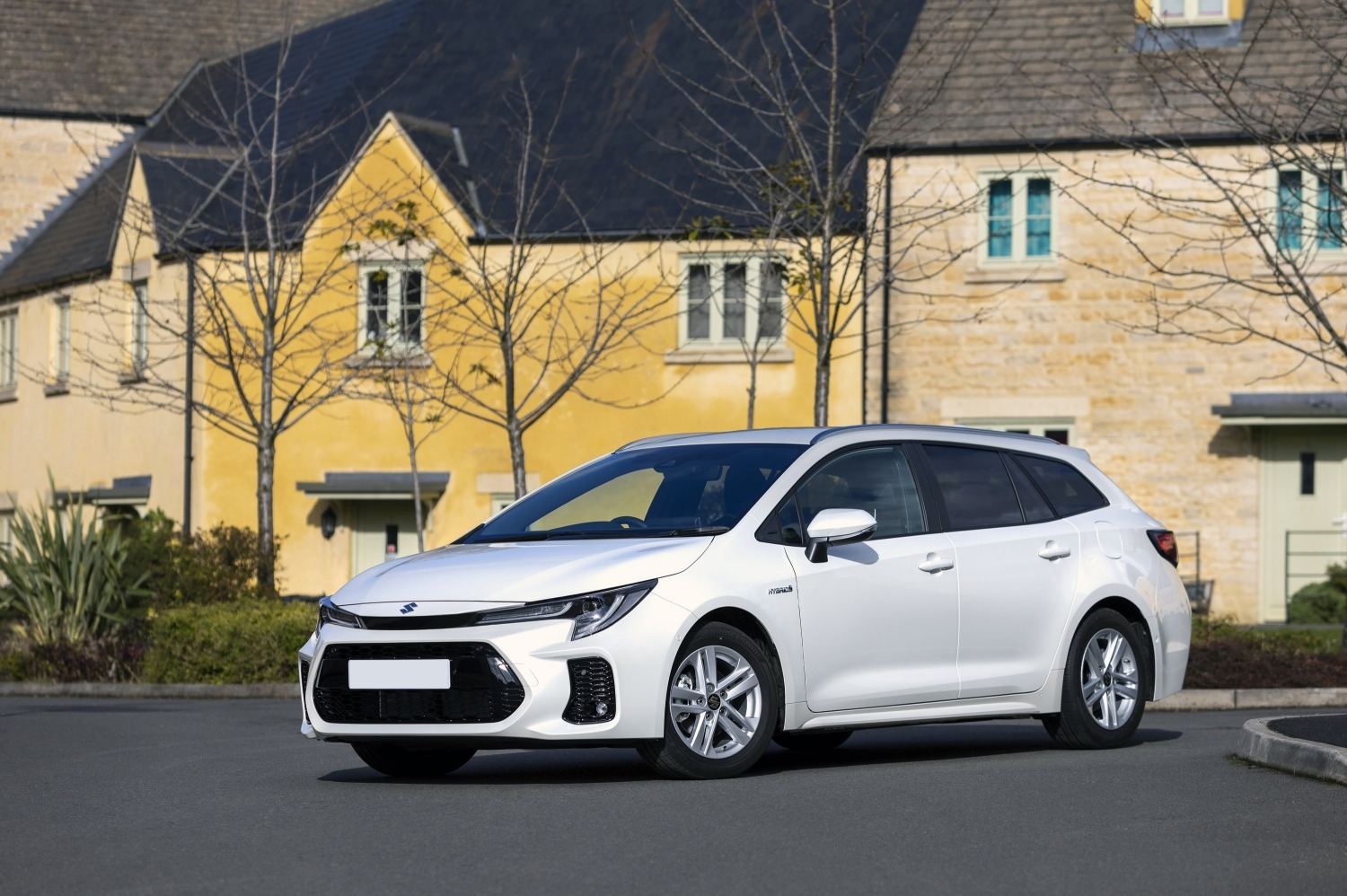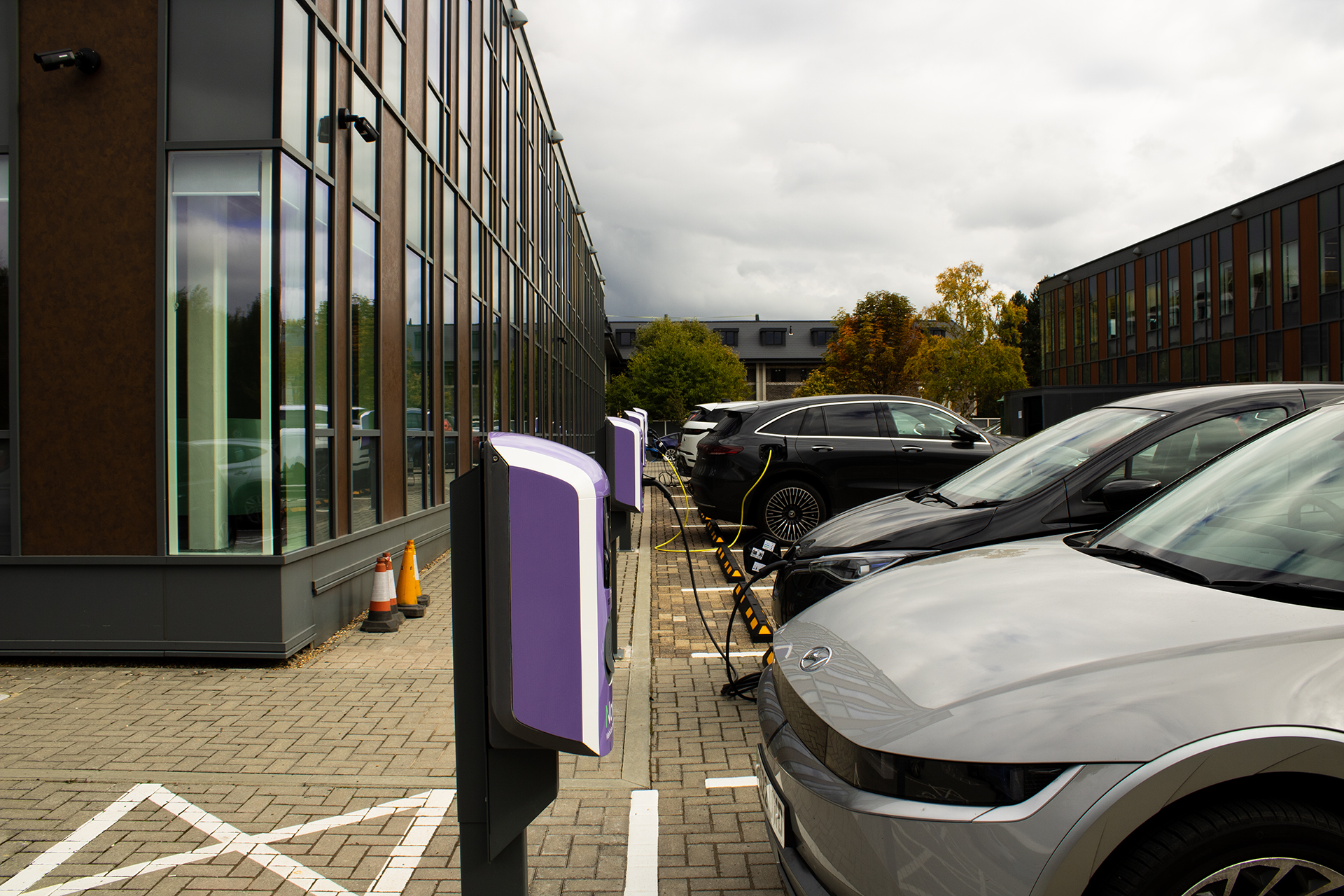The ZEV Mandate: What Is It and Why Does It Matter?
Tuesday 7th May 2024
Last updated: 4th February 2025

The current situation
In September 2023, Rishi Sunak announced a “new approach to achieving net zero” and pushed the ban on selling new petrol and diesel cars and vans back by five years to 2035.
The reasons given were that the automotive industry needed more time to prepare, infrastructure was still developing, and consumers blighted by a cost-of-living crisis should have the choice of when to switch.
These sound like reasonable arguments, but the decision met with a mixed response. Gerry Keaney, Chief Executive of the British Vehicle Rental and Leasing Association (BVRLA) said that the announcement will “frustrate many, while offering relief to others”.
Lisa Brankin, Ford UK Chair, responded by saying that “the UK 2030 target is a vital catalyst to accelerate Ford into a cleaner future” and called for “ambition, commitment and consistency”, adding that “a relaxation of 2030 would undermine all three”.
In terms of EV sales, the effect has similarly been mixed, with business fleet operators continuing to prioritise zero-emission vehicles over ICE alternatives, while consumer demand appears to have dropped off.

What does this change mean?
Is this just a bump in the road or will the change in date significantly delay the switch to electric vehicles? What happens next may largely depend on the future of the Zero Emission Vehicle (ZEV) mandate.
Following the example of California, way back in 1990, and China’s New Energy Vehicle (NEV) mandate, which started in 2019, the UK’s ZEV mandate came into effect on 3 January 2024.
As with any legislation, some of the rules are quite complex, but the basic principles mean that manufacturers must sell a minimum percentage of zero emission vehicles each year between now and 2030, before a final jump to 100% in 2035.
The rules apply to any car or van manufacturer selling 1,000 or more vehicles in the UK. However, small-volume manufacturers (with sales of less than 2,500 vehicles per year) are able to apply for a derogation of their target.
So where are we against these targets? In 2023, Battery Electric Vehicles (BEVs) accounted for 16.5% of new car registrations, while vans languished at just 5.9%. These numbers are moving in the right direction, but there is still a fair way to go.
|
Minimum percentage of ZEV sales |
||
|
Year |
Cars |
Vans |
|
2024 |
22% |
10% |
|
2025 |
28% |
16% |
|
2026 |
33% |
24% |
|
2027 |
38% |
34% |
|
2028 |
52% |
46% |
|
2029 |
66% |
58% |
|
2030 |
80% |
70% |
|
2035 |
100% |
100% |
Manufacturers who fail to meet the government’s targets are liable for a fine of £15,000 per car and £18,000 per van for every non-compliant vehicle sold. However, there is a special concession for vans in 2024 meaning that the fine is halved to £9,000 per vehicle.
Clearly, this will be more challenging for some than others, but we need to remember than there is a difference between a manufacturer and a brand. For example, manufacturers such as Stellantis, who own, among others, Peugeot, Citroen and Vauxhall, are able to offset the shortfall in one brand by a surplus in another.
Although presented as a limit, manufacturers are actually set an allowance to sell non-ZEVs up to a given percentage. This means that firms can bank and borrow allowances to cater for under or over delivery in individual years. They can also use credits earned from carbon reduction initiatives, such as selling to car clubs.
Manufacturers who sell more than the required percentage of ZEVs are permitted to sell their spare allowance on the open market. This trading of allowances may seem slightly strange, but it is designed to support manufacturers whose production strategy dictates a higher rate of growth later in the mandate’s period.

Do hybrid vehicles count?
The government is understandably keen that the carbon savings from ZEVs aren’t completely wiped out by an increase in CO2 emissions from conventional petrol and diesel vehicles. This could be the case if a manufacturer decides to abandon hybrids in favour of offering a straight choice between BEVs or ICE vehicles, resulting in higher overall emissions from an increased level of non-ZEV sales.
To safeguard against this, the legislation includes a CO2 threshold based on the number of non-ZEVs sold, multiplied by an average CO2 target. To ensure fairness, the target CO2 figure is primarily based on each manufacturer’s non-ZEV sales from 2021.
In summary, while the core focus of the legislation relates to ZEVs, overall emissions still matter and there is a degree of flexibility to count improvements in ICE and hybrid emissions towards ZEV mandate targets. The reverse is also true, with manufacturers selling above the minimum percentage of ZEVs able to reduce the stringency of their emissions targets.

Will manufacturers discount vehicles to hit their target?
It’s quite possible that the legislation creates a push environment, where manufacturers offer discounts in order to hit their target.
The economics of this are complex and decisions made will depend on the likely level of fines, the cost and feasibility of buying allowances on the open market and whether it is possible to used allowances from previous, or future, years.
As things stand, the average cost of an EV is around £50,000. However, this includes premium brands such as Tesla, Jaguar and Porsche. If we look at the cheapest models from the 12 lowest price brands, the average falls to c.£30,000.
With new entrants coming into the market, such as BYD and GWM Ora, increased competition will also bring prices down. This is important because lower prices can make discounting more difficult.
It all comes down to what’s known as price elasticity. In other words, by how much does the price need to change in order to influence buying behaviour?

Is the ZEV mandate here to stay?
The quick answer is that we don’t know. This is an election year, so a new government could take a different view and adjust the dates, penalties or even cancel the mandate entirely. But it’s unlikely. And even if this does happen, it may not make much difference either way.
It can take between two and five years to design, build and launch a new car (sometimes longer) and manufacturers cannot easily switch production plans based on a change in government or environmental policy.
As things stand, Audi will only launch full-electric models from 2026 and be all-electric by 2030. Vauxhall will only offer fully electric cars from 2028. Even manufacturers who plan to make use of the extended deadline, such as Ford, are prioritising the release of new EV models over ICE alternatives.

Is now the right time to switch?
Business fleet operators and company car drivers currently benefit from ultra-low rates of Benefit in Kind (BiK) and Class 1A National Insurance Contributions (NICs). Add lower running costs and a reduced environmental impact into the mix and the decision becomes even easier.
That said, there are operational realities to factor into the equation, especially for van fleet operators, but, overall, it’s clear why so many fleets are switching to EVs at the earliest opportunity.
Of course, government funded incentives can only really be justified when they have a tangible impact on buyer behaviour. As the number of people switching combines with fewer new ICE vehicles being available in the market, government incentives may need to be withdrawn in order to fill the gap in Treasury revenues.
To some degree, this is already happening, and based on what we currently know, company car tax rates will increase by one percentage point per year from 2025/26 through to 2027/28. What happens next is anyone’s guess, but they are only going to go one way.

What happens next?
January 2024 saw the one millionth EV registered in the UK and the Society of Motor Manufacturers and Traders (SMMT) 2024 market outlook predicts that BEVs will account for one in five new cars delivered this year.
Sustaining this level of growth will depend on consumer, as well as business, behaviour. After all, while business fleets are largely responsible for the current growth in new EV registrations, accelerating driver demand for EVs will help speed up production and drive down prices.
In support of this, Mike Hawes, SMMT Chief Executive, recently called for government incentives and tax breaks that would benefit both drivers and business fleet operators, adding that “manufacturers are providing compelling offers, but they can’t single-handedly fund the transition indefinitely.”
In reality, the current lack of consumer incentives means that manufacturers are largely dependent on business fleet operators to meet their targets. The unintended consequence of this could be that there is a glut of used EVs hitting the second-hand market in 3-4 years’ time. Whether this is a problem or not is likely to depend on the state of the country’s charging infrastructure at that point and the rate of technological development in the intervening years.
Putting it all together, while the ZEV mandate will undoubtedly speed up the switch to electric vehicles, the decision on when and how to make that switch depends on a careful examination of whole-life costs, operational impact, and environmental benefits. This isn’t always as straightforward as it might first appear, but the decisions made today will make a real difference to your business, drivers, and the communities where they live and work. So, if you would like a little help weighing up the options available right now, and better understand what’s yet to come, just get in touch.

